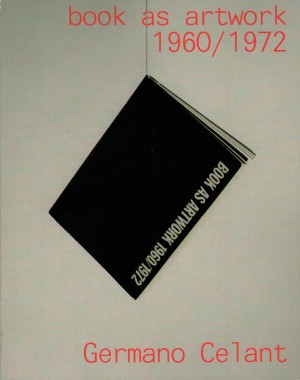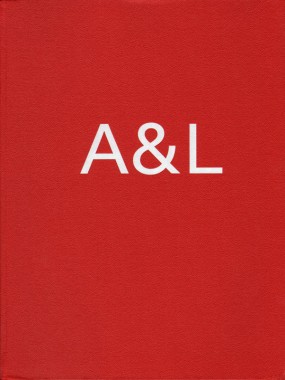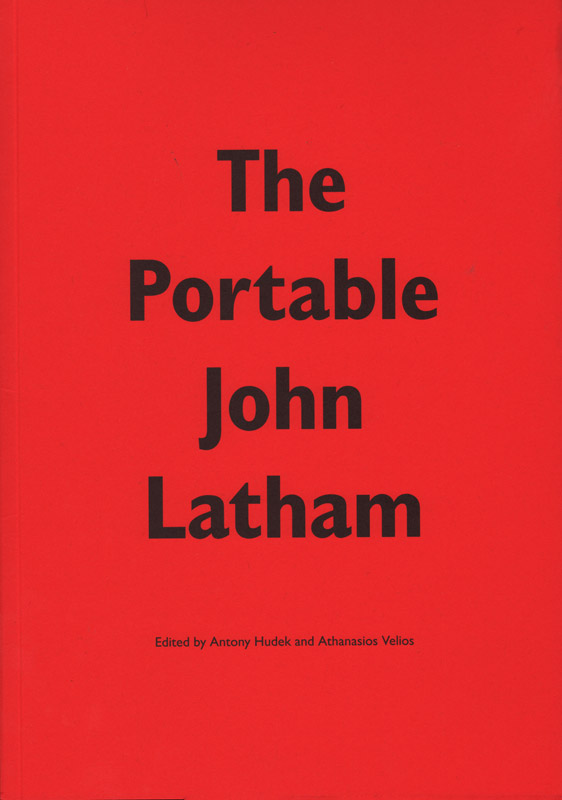Book as Artwork 1960-1972
Germano Celant, Book as Artwork 1960-1972
Softcover, 104 pp., offset 1/1, 5.5 x 7 inches
Edition of 800
ISBN 978-0-9829694-0-3
Published by 6 Decades Books
$20.00 ·
The book is a medium that requires no visual display, other than to be read, and the active mental participation of the reader. The book imposes no information system but the printed image and the word; it is a complete entity in which both public and private documents are reproduced. The book is a collection of photographs, writings, and ideas — it is a product of thought and of imagination. It is a result of concrete activities, and serves to document, and to offer information as the means and the material of art. It is considered an object of study and of testimony and does not appear esoteric or unreal, but fits into the daily communications system without any aesthetic or artistic pretension. It is only another space… and can therefore be considered an art work.
— Germano Celant
Art & Language
Art & Language, Homes for Homes II
Softcover, 272 pp., offset 4/1, 165 x 235 mm
Edition of 2000
ISBN 978-3-905701-56-2
Published by JRP|Ringier
$35.00 ·
Since 1976, Art & Language’s project has continued, through Mel Ramsden and Michael Baldwin, with the literary and theoretical collaboration of Charles Harrison. Working with very varied mediums, from painting to rock, these co-founders of Conceptual art remain, even today, attached to observing the consequences of what they themselves call the “depressing collapse of modernism.”
This publication is built around an important installation “Homes from Homes 2″ (2000–2001), which simultaneously references the development of Art & Languages’s work over the decades and the collection of the Migros Museum für Gegenwartskunst in Zurich, in which it is now included. Each element of the installation is described, annotated, and put in the context of aesthetic, theoretical, and political problematics through extended captions and essays by the artists.
The Portable John Latham
Antony Hudek and Athanasios Velios, The Portable John Latham
Softcover, 112 pp., offset 2/1, 170 x 250 mm
Edition of 1000
ISBN 978-0-9562605-5-0
Published by Occasional Papers
$22.00 ·
Edited and introduced by Antony Hudek and Athanasios Velios.
In the painting and sculpture for which he is best known, Latham’s primary materials included glass, books, canvas and the spray gun. Developing alongside this concise visual language, from the mid-1950s onwards, was a cosmological theory, formulated through his art-making discoveries, that considered time and event to be more primary than the established means of understanding, based on space and matter. Termed Time-Base Theory (sometimes Flat Time Theory or Event Theory) it offers an ordering and unification of all events in the universe, including human actions, and allows an understanding of the special status of the artist in society.
Latham looked at the way in which human knowledge has become fragmented over time; split by divergent religions, ideologies and world-views. He identified the way in which the fields of science and art, despite emerging from a common root, have become separate and operate in isolation of one another: even within a field such as physics, there exist a large number of schisms and specialisations that further fragment our knowledge and understanding of the universe. John believed that this endless division would eventually lead to a kind of entropy and from that state, to a disintegration of society.


